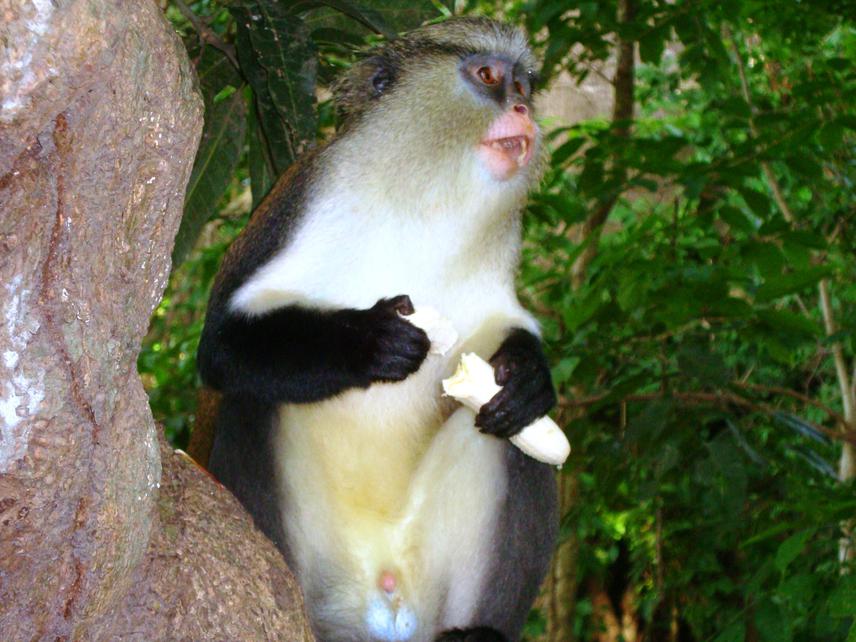Patrick Kudjo Ahumah
Other projects
22 Feb 2011
Conservation Awareness Campaign for Communities around the Agumatsa Wildlife Sanctuary in the Hohoe District of Ghana II
1 Feb 2013
Conservation Awareness Campaign for Communities around the Agumatsa Wildlife Sanctuary in the Hohoe District of Ghana III
To offer education and raise awareness in the settler communities living around the Agumatsa Wildlife Sanctuary on the importance of sustainable utilisation natural resources and to integrate a conservation mindset into communities’ daily activities.
The Wli waterfall, located in the Agumatsa wildlife sanctuary in the Agumatsa Afadjato range in the Hohoe District of Ghana, is of great significance to the surrounding communities and Ghana as whole. It is said to be tallest waterfall in the whole of West Africa and is the most popular tourist attraction in the whole Volta Region. The main source of water for the water fall is the Agumatsa river which flows through a distance of about 25km from its source in Togo before culminating into a fall over a cliff of over 100 meters high at Wli. The immediate valley and the surroundings extending up to 35km² are a designated forest reserve (wildlife sanctuary).

The sanctuary is home to several wildlife notably, mona monkeys, bats, over 200 birds species and over 400 butterfly species populations of global significance, making it an area of great conservation importance. Whilst several other wildlife and plant species are known to occur in the sanctuary, the extent of the size, population and the prospects for their survival and conservation are uncertain. This uncertainty is enhanced by the fact that the people of the Agumatsa range do not consider the significance of conservation or its priority. Yet more than 90% of the communities’ energy and meat requirements are derived from fuel wood, charcoal and poaching in the sanctuary. The demand for energy and meat continue to intensify with increase in population and the general low conservation knowledge among the communities due the lack of the integration of the local population into environmental management system of the area.
The aim of the project is therefore to offer education and raise awareness in the communities on the importance of sustainable utilisation of natural resources and to integrate the communities into the local environmental management system and create a conservation mindset into communities’ daily activities.
Key threats to the wildlife sanctuary include:
1/ Danger of extinction of bats, Mona monkeys and antelopes
2/ Reduction in available safe habitat and prey due to bush clearing and burning, and poaching,
3/ Depletion of important fauna and flora.
4/ Depletion of non timber tree species for fuel wood and charcoal
5/ Danger of extinction of important wildlife and plant species
6/ Reduction in volume of water source for the waterfall